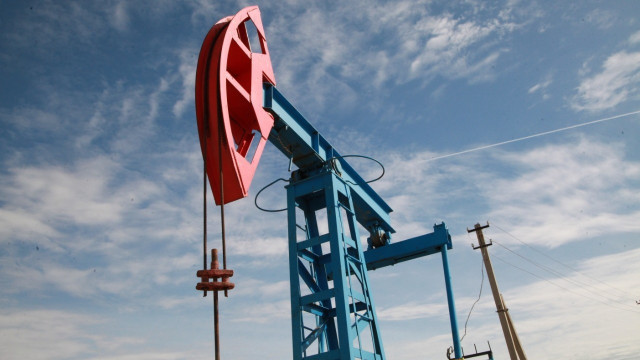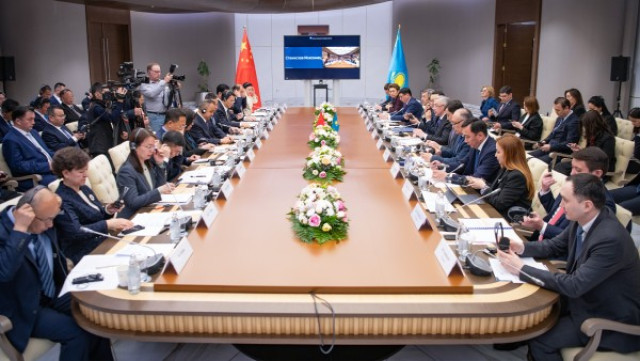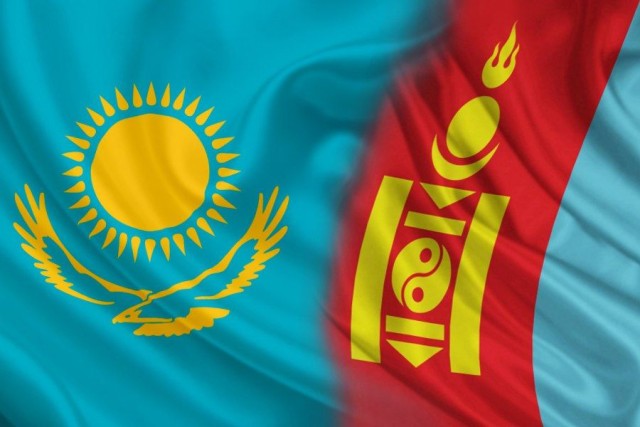
Global economic activity has been showing a positive trend since the start of the year. Kazakhstan also records a significant increase in business activity indicators. Following the results of the first five months of this year, the country’s GDP growth is estimated at 4.5 percent, as stated by National Bank of Kazakhstan Governor Galymzhan Pirmatov during a plenary session of the Senate. It should be noted that many sectors of the country's economy faced additional pressure last year due to the geopolitical situation.
“Inflation in Kazakhstan reached 20.3 percent by the end of 2022, mostly due to food price increases, as expected. To stabilize inflation, the National Bank implements a disinflationary monetary policy, adhering to an inflation targeting regime. In 2022, it raised the base rate to 16.75 percent, which was accompanied by an increase in the yield of tenge-denominated assets,” Pirmatov said.
According to Pirmatov, the monetary policy conducted by the National Bank will contribute to a further slowdown of inflation in the country. Thus, in May, the annual inflation rate amounted to 16 percent, continuing its downward trend. Overall, food inflation slowed down to 16 percent, non-food inflation to 17 percent, and service inflation to 13 percent. According to the National Bank’s forecasts, this year, annual inflation is expected to range between 11-14 percent, with a subsequent slowdown over the next two years.
“The external sector’s pressure on prices has slightly eased as a result of lower global food prices and a notable inflation deceleration in Kazakhstan's trading partner countries. However, internal factors associated with ongoing fiscal stimulus, robust domestic demand, and high inflation expectations continue to have a pro-inflationary impact. The country's inflation will continue to slow down due to the implemented monetary policy. According to our updated forecasts, annual inflation will range between 11 to 14 percent in 2023 and slow down in 2024-2025,” Pirmatov added.
A positive trend is also observed in the foreign exchange market. Despite the tenge weakening to a record low last year, it strengthened by more than nine percent by the end of the year thanks to the Tenge Deposit Protection Program. It involved the accrual of compensation for deposits held by individuals in the national currency. As a result, tenge deposits grew by 22 percent to 21 trillion tenge in 2022, while dollarization decreased to almost 32 percent. This year, Kazakh citizens continued to increase the volume of tenge deposits. The share of deposits in the national currency has reached 21.4 trillion tenge in the current year, while the level of dollar deposits amounted to 29.3 percent.









